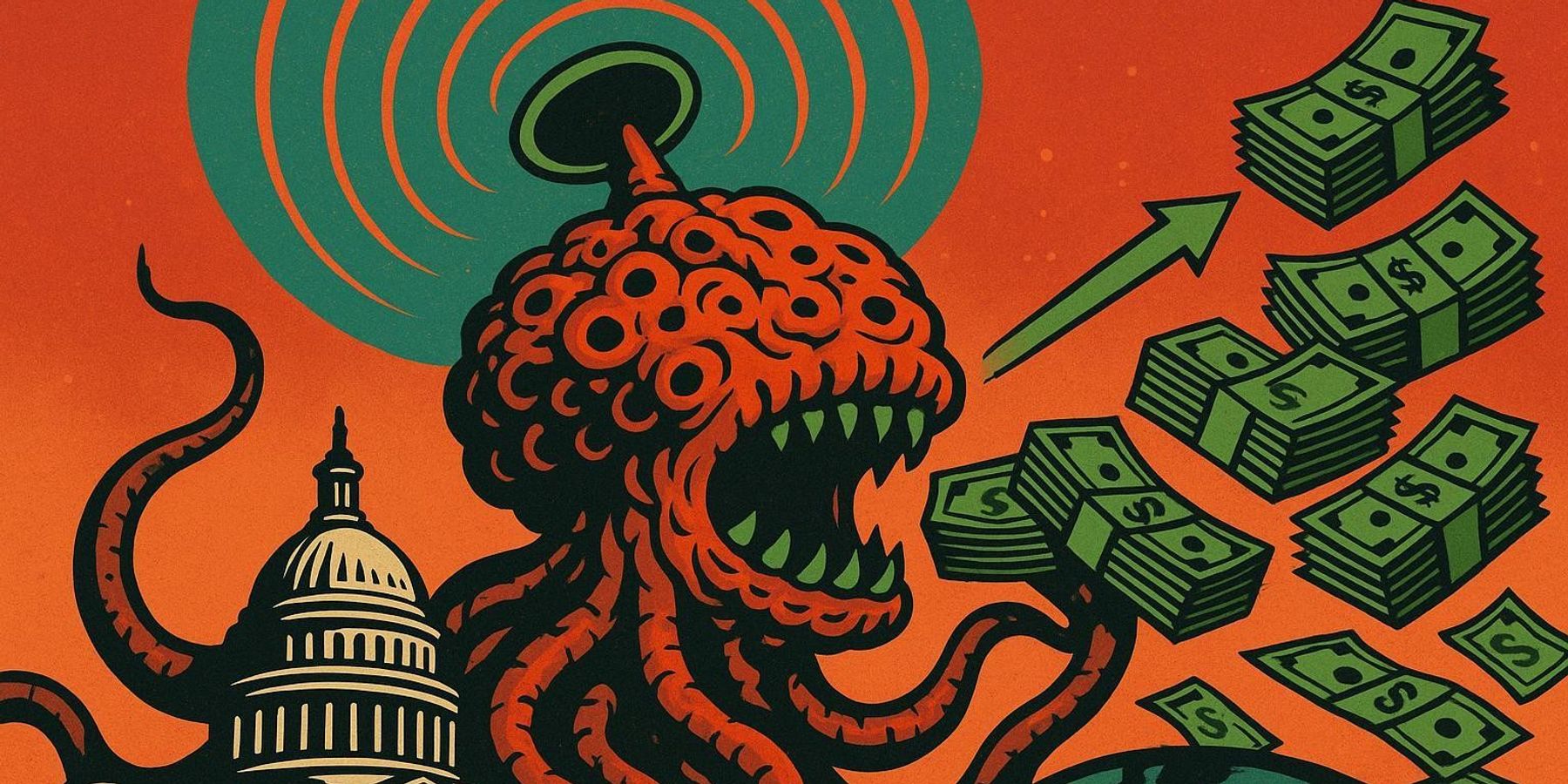This is one perspective in a Responsible Statecraft ‘debate’ over the value of federal aid for ‘soft power’ programs, including regional studies, think tanks, USAID, and academic exchanges. See a counterpoint by Adam Ratzlaff, here.
It is undeniable that the social sciences are under attack from the Trump Administration.
A sense of incuriosity about the world seems to pervade the various cost-cutting measures which are inconsistently applied to many aspects of the federal government by organizations such as DOGE. Obvious flaws in the argument for such bureaucratic downsizing become apparent when the President announces a record breaking 1 trillion dollar defense budget for the coming year.
The problems with a brute force only approach to foreign affairs are manifold, and it can be easy to see the ending of funding for social science research and student exchange programs as uniformly negative across the board, particularly with dramatic scenes such as the closure of the U.S. Institute for Peace playing out in the news.
And yet, amidst the chaos, a chance for an honest reckoning about what did and did not work with the old soft power machine is undeniably necessary. For those wishing to pivot to a restraint-focused foreign policy, many of these institutions served as ideological self-reinforcement mechanisms that created a monoculture which upheld rampant interventionist narratives.
Far from contributing to peace, they often served as erudite and fashionable justifications for endless war. Even the protests to keep many of these organizations open emphasized their role in power projection and providing competitive services against other countries.
The Fulbright Program, for example, took part in the noble goal of allowing international exchange for students engaged in topics with an international focus to live and study abroad. The logic behind this, however, was tied to the vision of its founder, the late Senator J. William Fulbright, which was liberal internationalism. The dominant ideology of the postwar- and especially post-Cold War era, this world view preached cosmopolitanism but had a disturbing trend of universalizing all international issues into that of a cosmic struggle, opening the potential of endless interventionism as the default position of the up and coming professional managerial class.
Likewise, the Wilson Center, which was also effectively shut down by the present administration, is ostensibly nonpartisan but is, in fact, committed to the world view of liberal internationalism. This stretches the definition of what “nonpartisan” means, as it is certainly ideologically motivated. Named after a President known for some of the most egregious civil liberties crackdowns in American history, which largely served to support his effort to reshape the world around his ideals, organizations like the Wilson Center never failed to offer proscriptions for more world-police actions in the service of defense contractors and American-directed globalization.
Such institutions are part of a global network of so-called ‘soft power’ which is less about being worldly in a way that fosters understanding of the world as it is, but rather seeks to create a global cadre of evangelists bent on changing the world in ways amenable to the project of American civic missionaries.
These groups serve as a kind of screening process that limit the ideological and world view and intellectual diversity of people entering the foreign policy field all while claiming to be purveyors of multiculturalism.
Take USAID, for example. While the organization undeniably did many things that benefited people abroad as well as facilitated U.S. diplomacy in certain sectors, these causes were often human shields for the actual goal of soft regime change and infiltration into the affairs of sovereign states. The faux-president of Venezuela, Juan Guaido, received $52 million from USAID to claim to be some kind deposed legitimate ruler when he was anything but. This followed years and years of USAID-funded attempts to depose Nicolas Maduro, following failed efforts to overturn his predecessor Hugo Chavez.
USAID funding of factions within Ukraine since 2004 arguably contributed to revolution in that country in 2014,, and the issue of the U.S.-backed influence networks have spread chaos and accusations throughout Georgian politics as well.
These are just two of the many accusations of USAID and other US aid funded “democracy promotion” campaigns in the last 40 years that have led to regime change, democratic overthrow, or worse, crackdowns on local populations seen as working with U.S. backed campaigns to foment revolution.
More relevant to the echo chamber of interventionism, however, is the effect these organizations had on reinforcing narrative control within the United States. In much the same way that scholarships and exchange programs can just as easily create a monoculture feedback loop, so too did USAID-backed funding networks prop up activists and political networks that could claim to be independent sources and activists when interviewed by U.S. media while they were actually being funded by the United States government.
These relationships even included funding foreign ‘anti-disinformation networks’ to target Americans critical of American foreign policy.
The Trump Administration’s attack on free and open scholarship, particularly in regards to Israel and Palestine, is a very real threat to open and critical inquiry on foreign affairs. But it is a continuation, not a divergence, from trends within academic, media, and NGO establishments that see a consensus building around endless war, sanctioning, and interventionism in the service of a groupthink fueled ideology.
This network is effectively a velvet glove placed over the mailed fist of a declining quest for global hegemony. If we are to save the humanities and an actual robust and worldly education for future diplomats and policy makers, we must reconceptualize what it means to be worlds away from the missionary impulse of the colonial administrator and into that of the culturally and politically tolerant scholar. Of what use can education and exchange be if it does not assist in adapting to the world as it really is rather than what one country’s aspiring elite wishes it to be?















